
AeroGenie — Your Intelligent Copilot.
Trending
Categories
Croatia Airlines Nears Next A220 Deliveries as Fleet Transition Accelerates

Croatia Airlines Nears Next A220 Deliveries as Fleet Transition Accelerates
Two new Airbus A220-300 aircraft destined for Croatia Airlines have successfully completed test flights in Montreal, marking a significant step forward in the airline’s ongoing fleet renewal program. Registered as 9A-CAN and 9A-CAM, these jets are expected to be delivered later this month. Their arrival will increase Croatia Airlines’ A220 fleet to five aircraft, advancing the carrier’s goal of operating a single-type fleet by 2027.
Progress in Fleet Renewal and Operational Integration
The aircraft with manufacturer serial number 55363, designated 9A-CAN, completed a three-and-a-half-hour test flight on Friday, followed by 55357 (9A-CAM), which undertook a nearly three-hour flight on Saturday. These deliveries are part of a broader plan for Croatia Airlines to receive five A220s in 2024, with one already in active service. The airline’s transition to an all-A220 fleet reflects a strategic response to evolving market conditions and operational requirements within the aviation industry.
Operational integration of the new A220s is advancing swiftly. According to preliminary schedules, four A220s are slated to operate simultaneously on the morning of June 30, with flights departing from Zagreb to Stockholm, Amsterdam, Copenhagen, and Paris. The airline anticipates deploying all five A220s concurrently for the first time on July 2, although it notes that these plans remain subject to adjustment.
Industry Context and Future Outlook
Croatia Airlines’ fleet modernization occurs amid a dynamic period for the airline sector, as carriers adapt to shifting market dynamics and competitive pressures. The move to a uniform A220 fleet positions Croatia Airlines alongside other European operators modernizing their narrowbody aircraft. Airbus, for instance, is reportedly close to finalizing a deal to supply A220 jets to Poland’s LOT, highlighting the competitive environment in which Croatia Airlines is operating.
The airline had considered showcasing one of its new A220s at the Paris Air Show, held from June 16 to 19. However, current flight schedules indicate that all three A220s currently in service will be engaged in regular operations during that week, except on June 19, when only two are scheduled to fly.
As part of its broader modernization efforts, Croatia Airlines is gradually phasing out its remaining Airbus A320 aircraft. One of the two A320s is expected to be retired by the end of 2024, with the second tentatively scheduled for retirement on February 8, 2026. The final flight for the latter is planned to operate on the Frankfurt–Zagreb route, though the airline acknowledges that these details may evolve as the transition continues.
“The fleet replacement process is complex and requires flexibility,” Croatia Airlines stated. “Our planning accounts for multiple retirement scenarios for existing aircraft, and we’re applying the same adaptive approach to pilot training during the transition.”
With the steady expansion of its A220 fleet, Croatia Airlines is entering a new phase of modernization aimed at enhancing operational efficiency and improving the passenger experience amid a rapidly changing industry landscape.
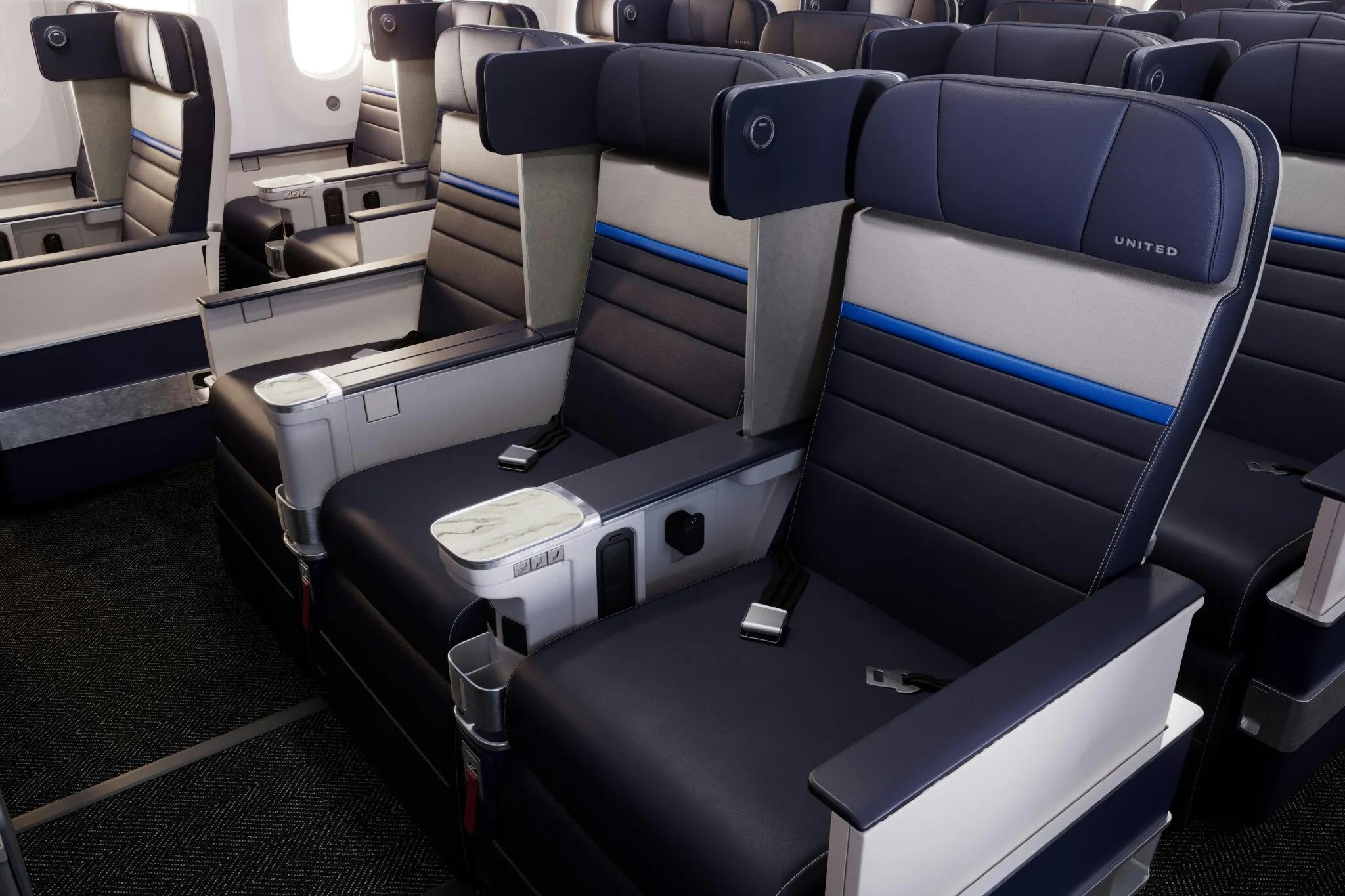
United Airlines Announces Routes for New Premium Boeing 787s
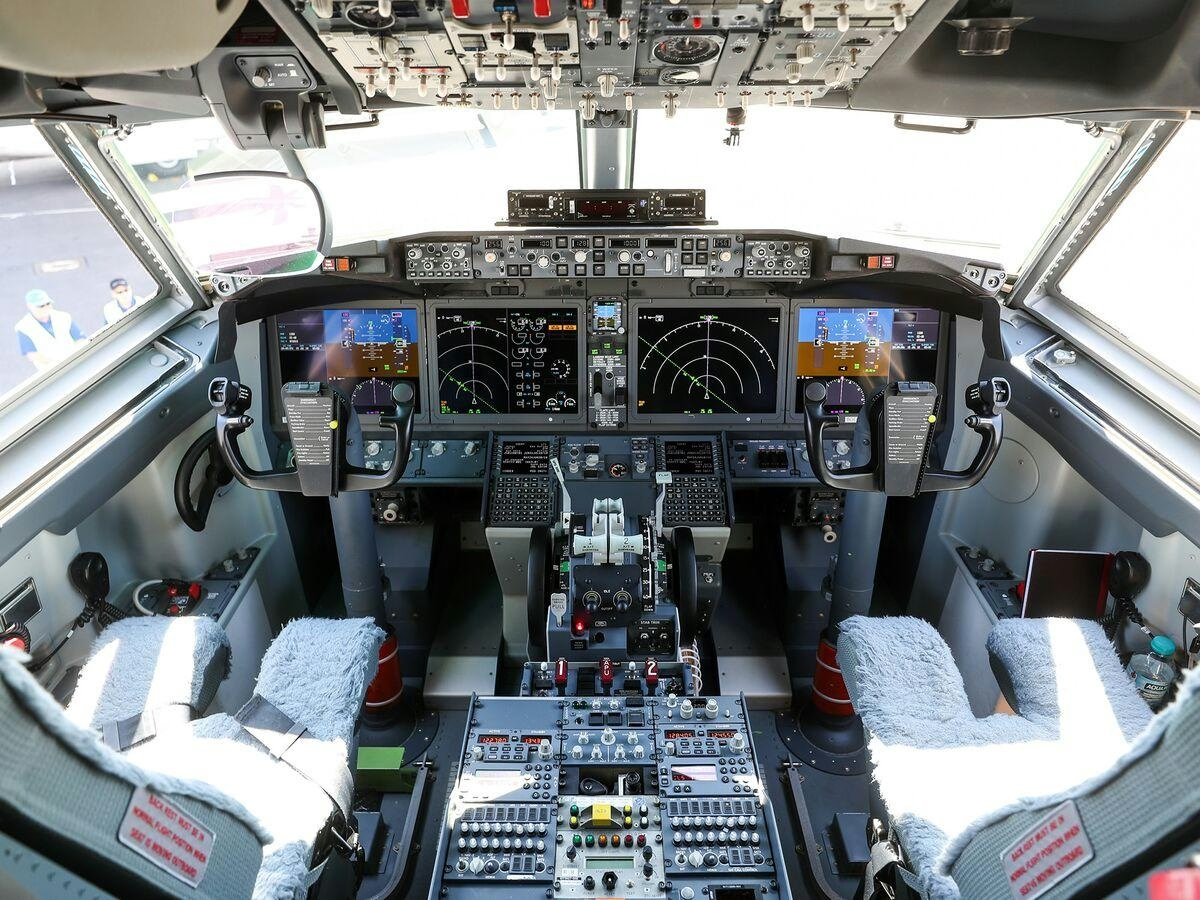
Boeing Introduces Remote Co-Pilot Technology
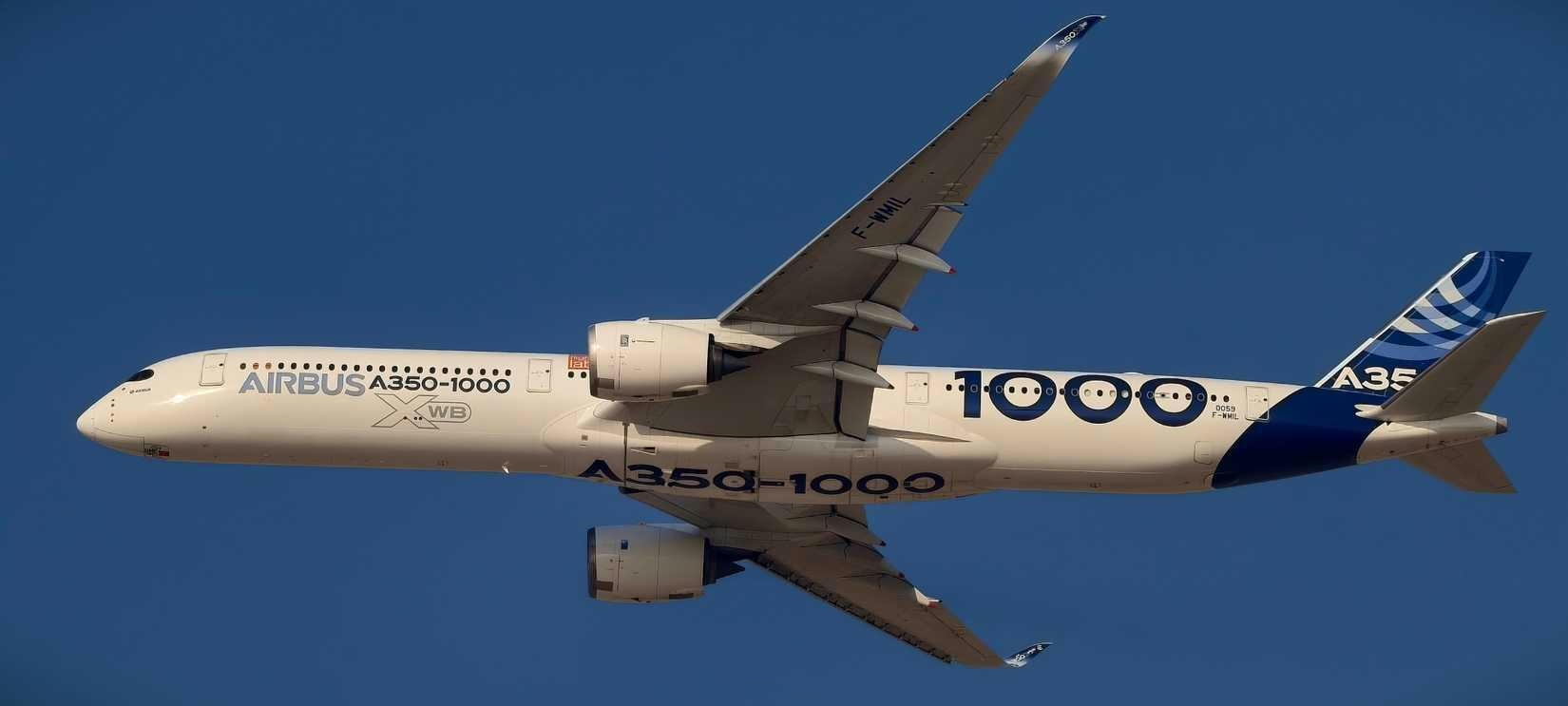
The Airbus A350-1000’s Fuel Efficiency Advantage Explained
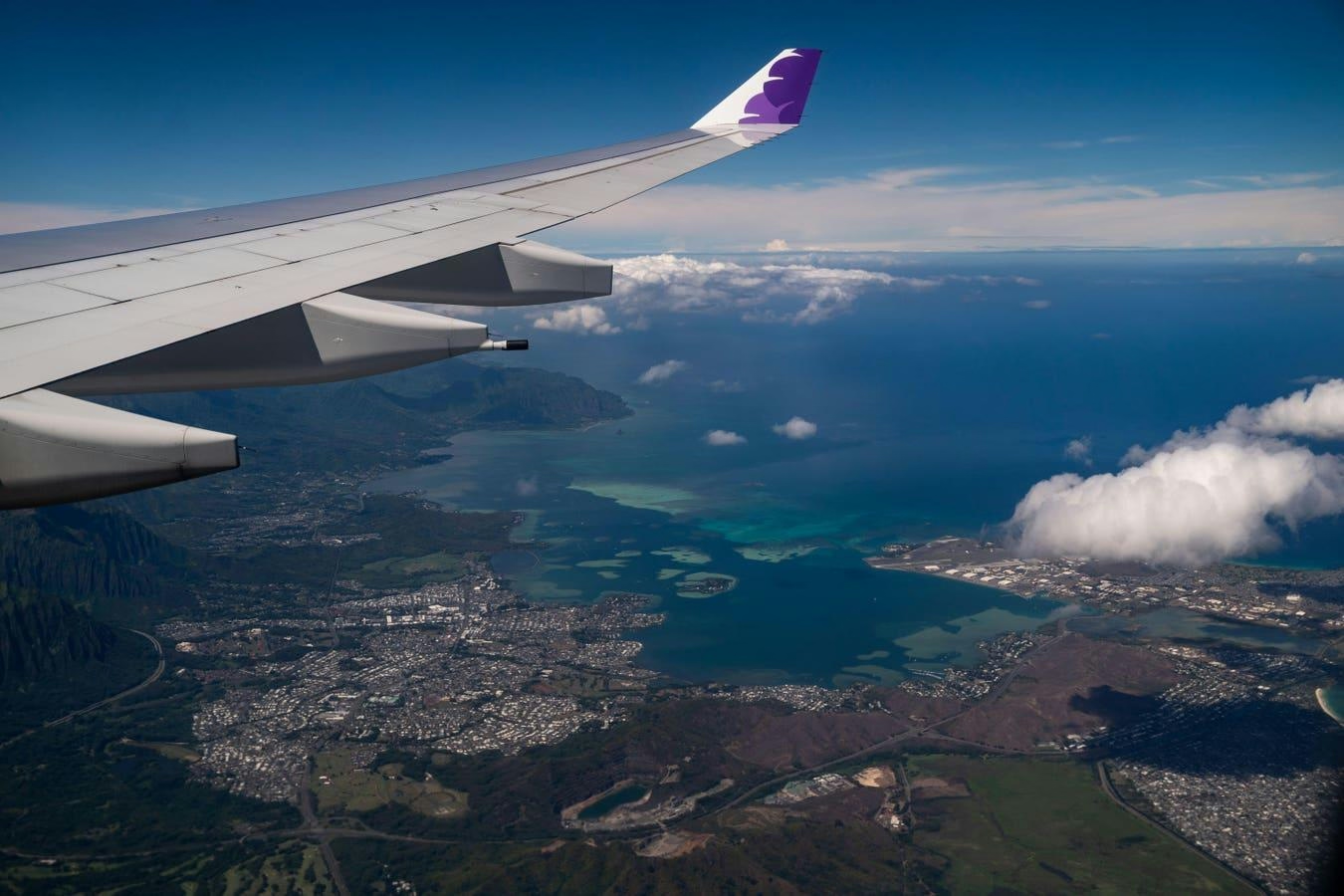
McNally Capital Expands Aviation Operations to Support Global Tourism

Two Young Climbers Begin Winter Ascent of McKinley
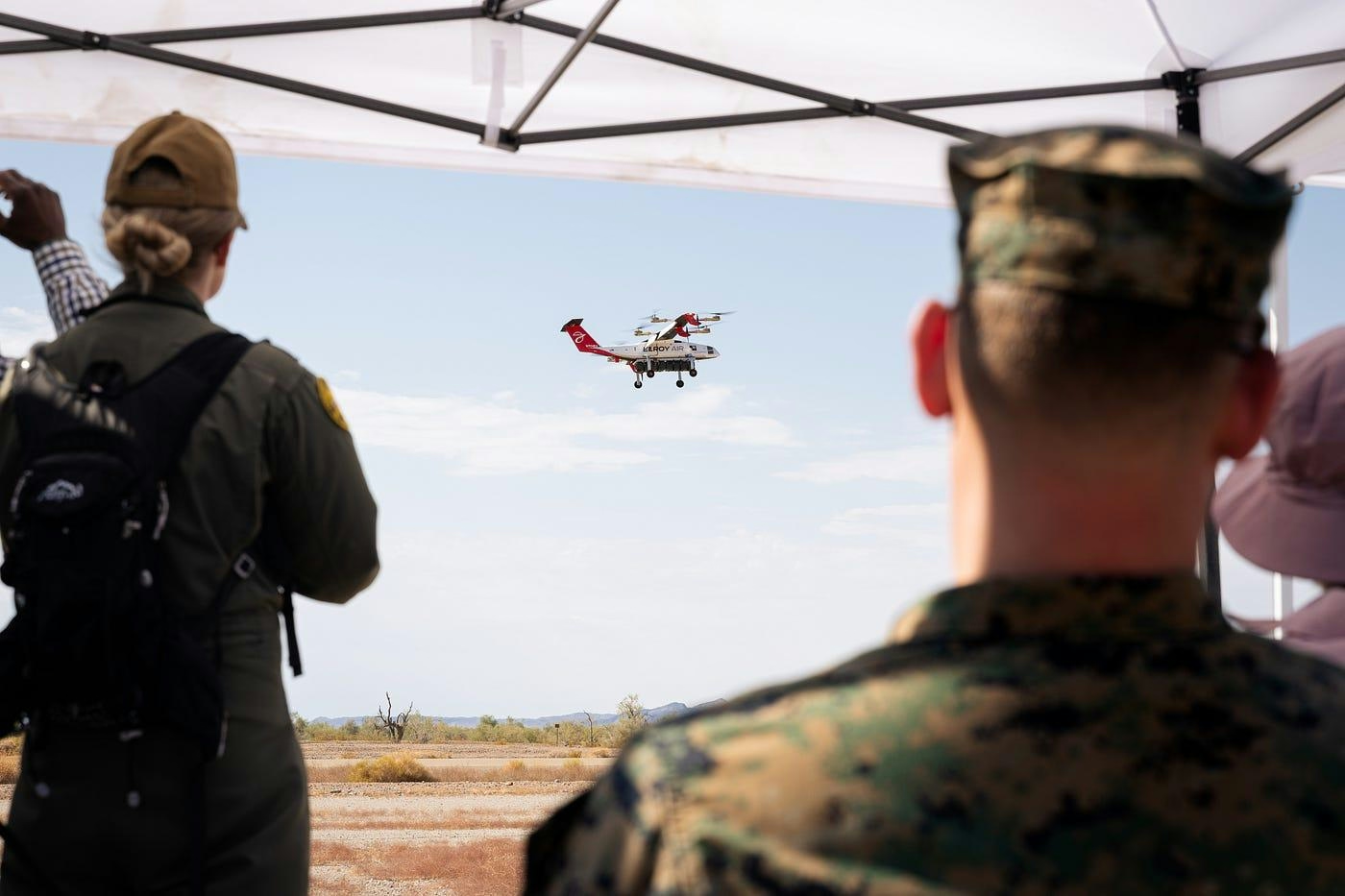
Elroy Air’s Autonomous Chaparral Delivers Lunch on A-to-B Flight
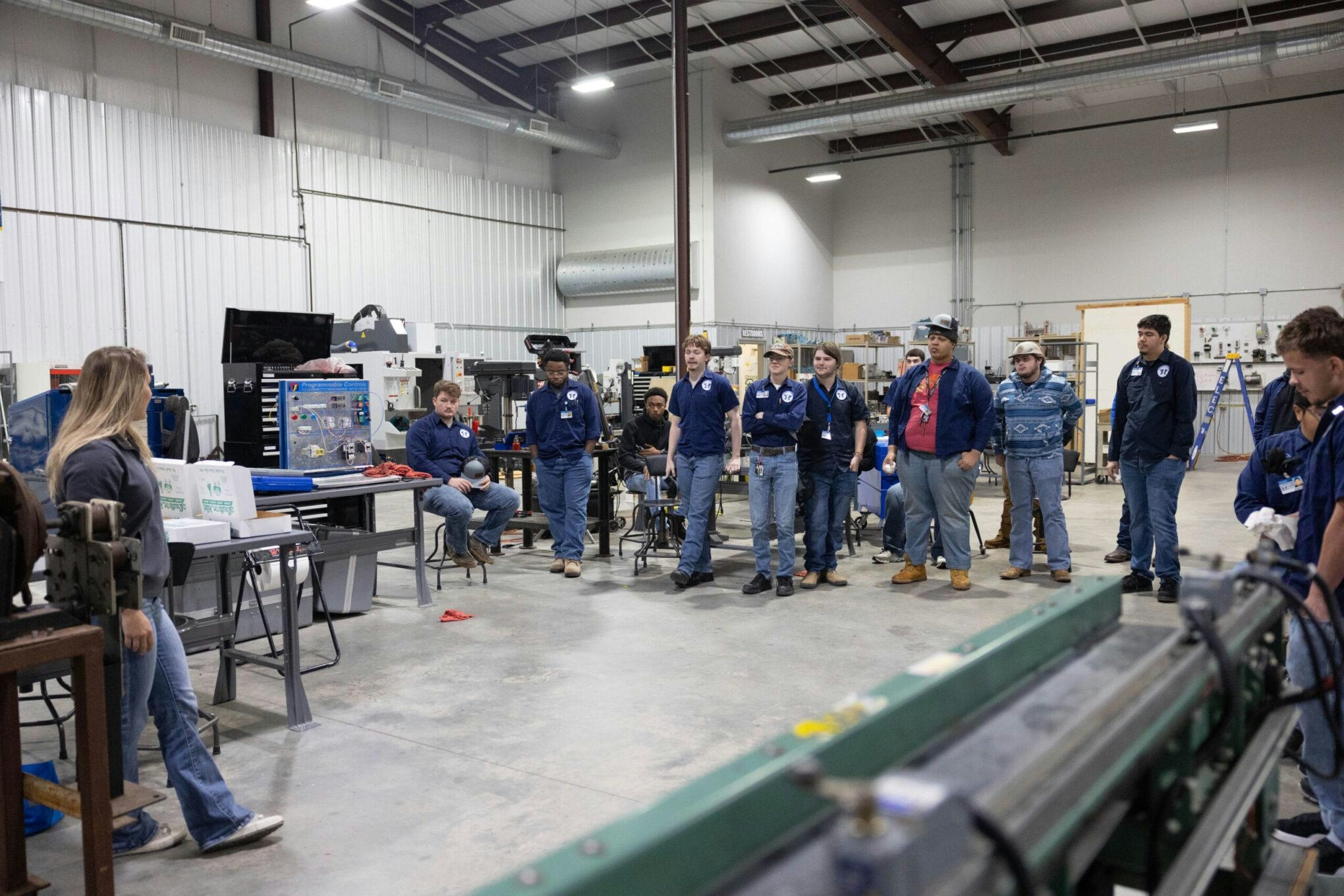
Texarkana College Holds First Graduation for Aviation Maintenance Technician Program
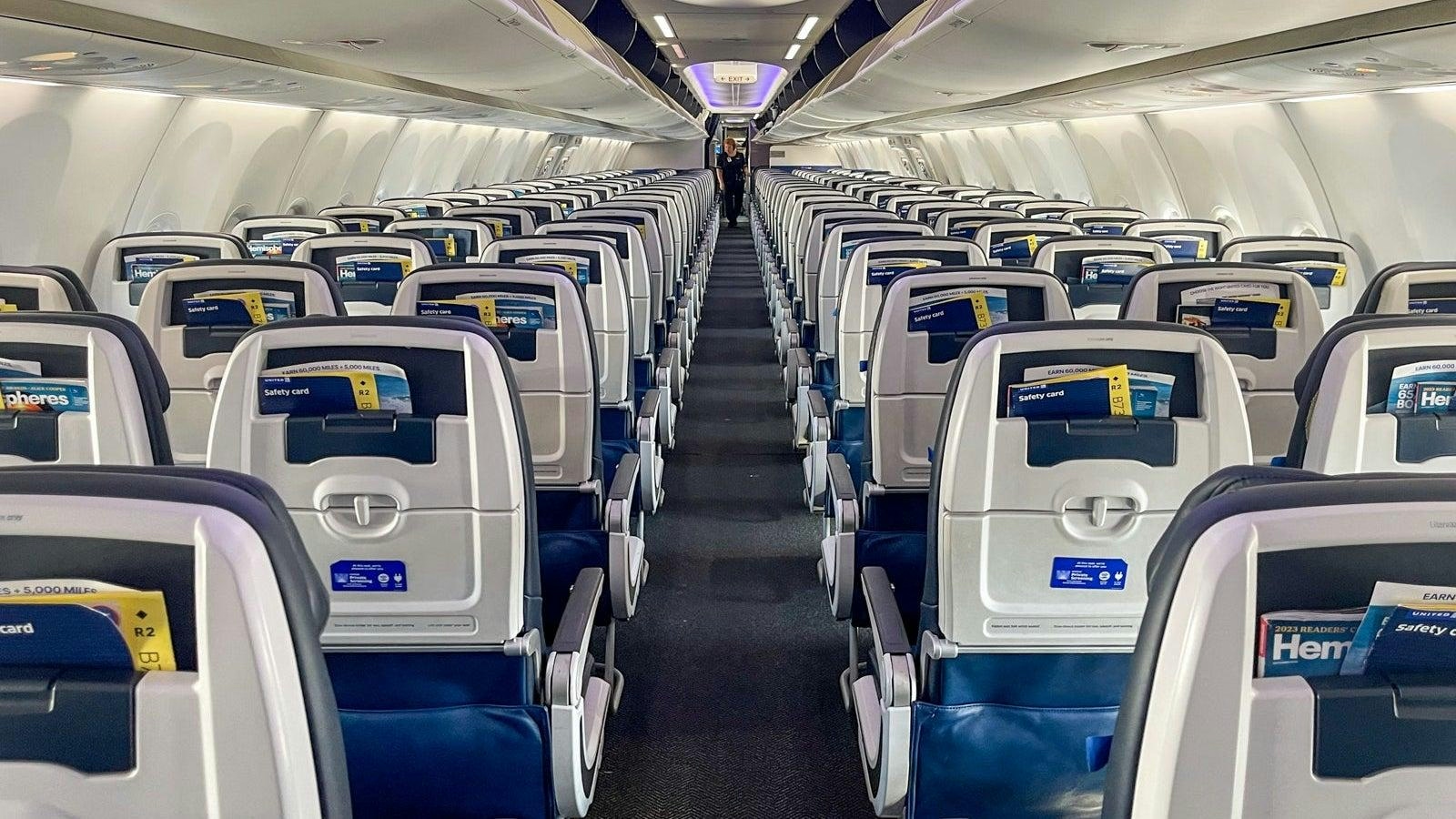
United’s 737 MAX 10s Have Flown Over 300 Hours Without Passengers

Airlines Adapt to Trade Disruptions and Supply Chain Challenges
